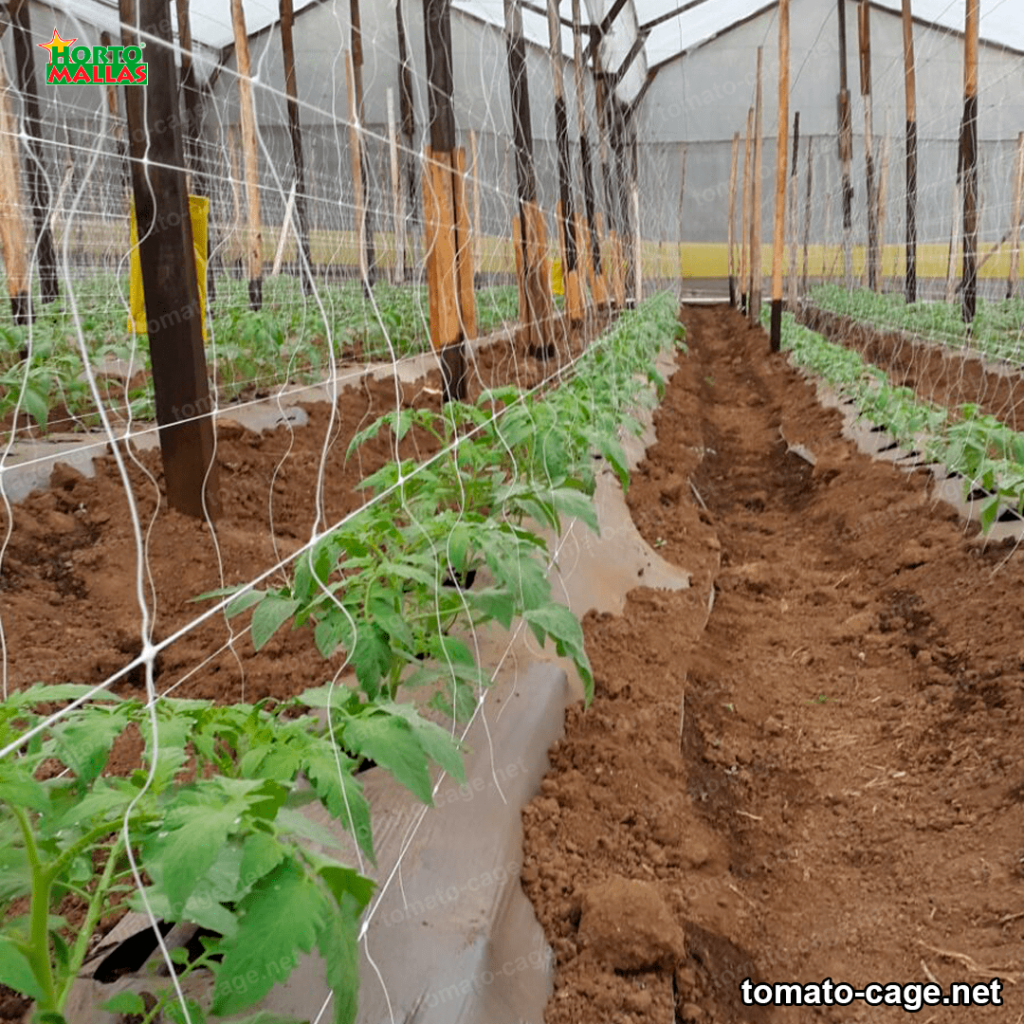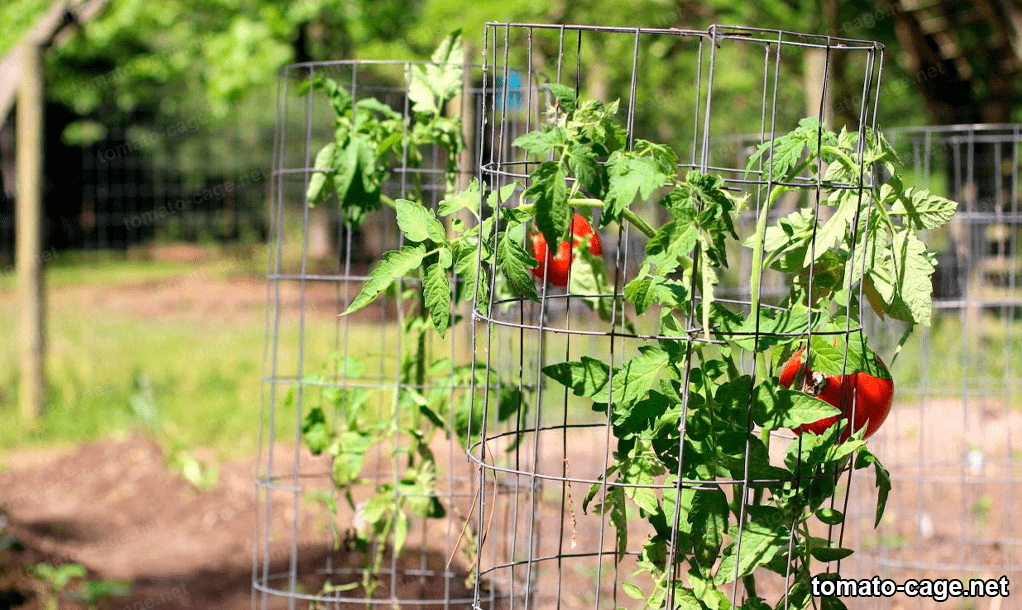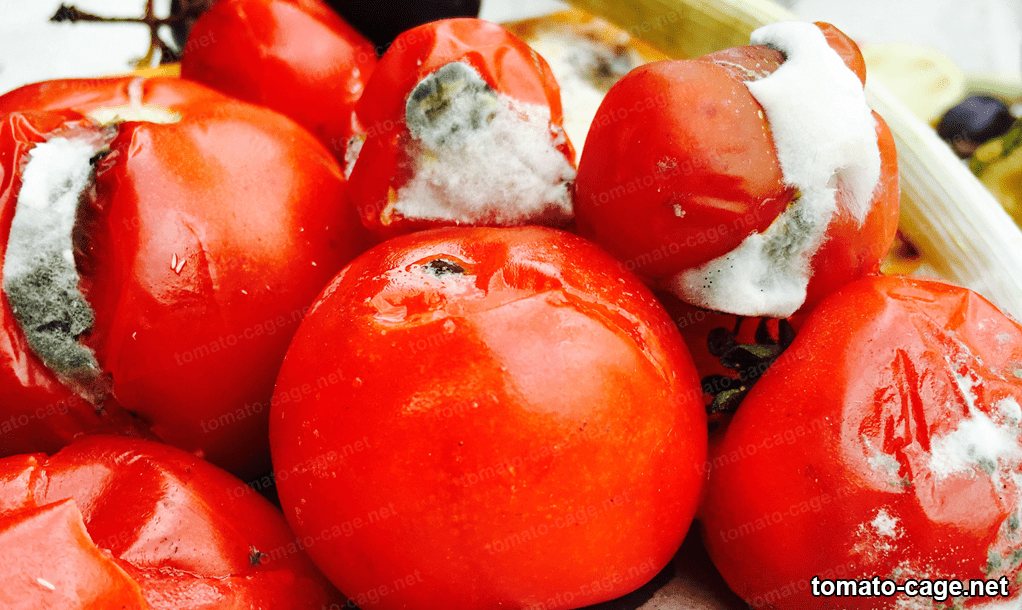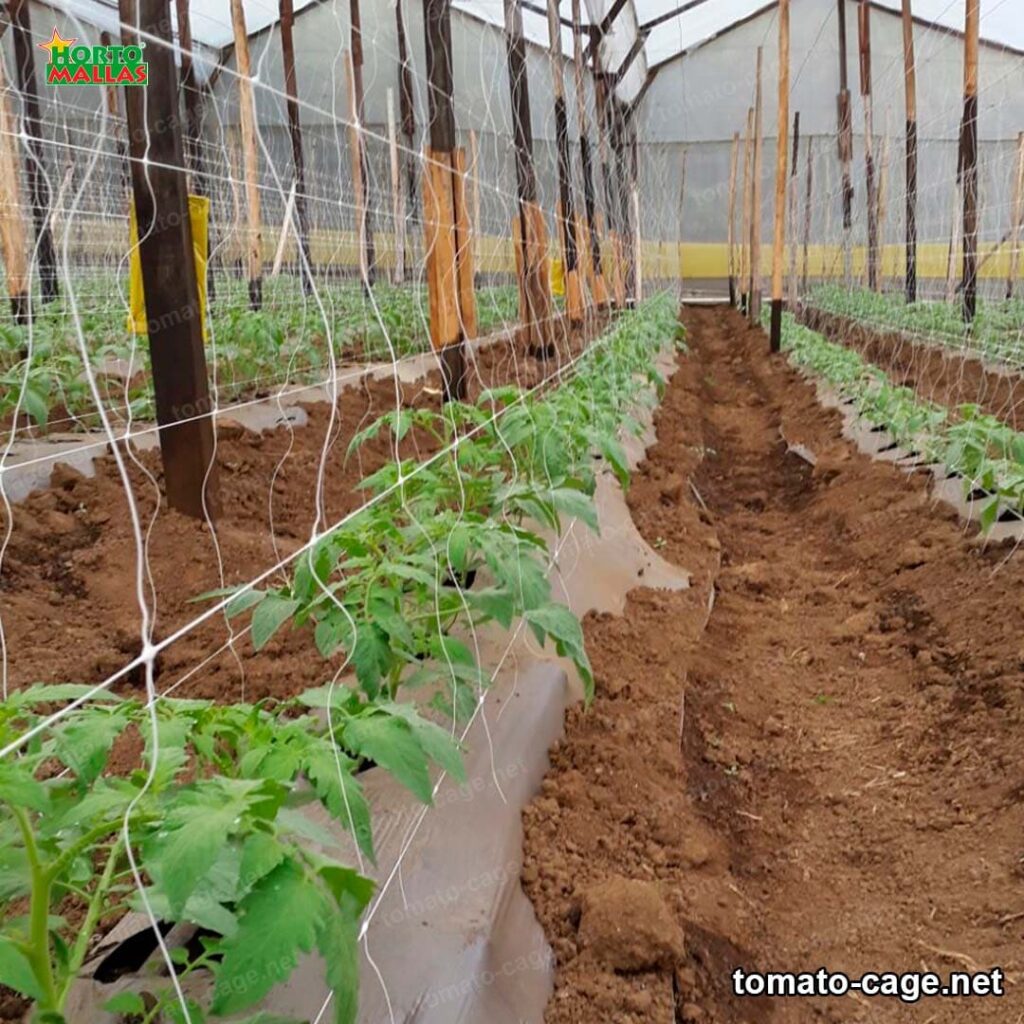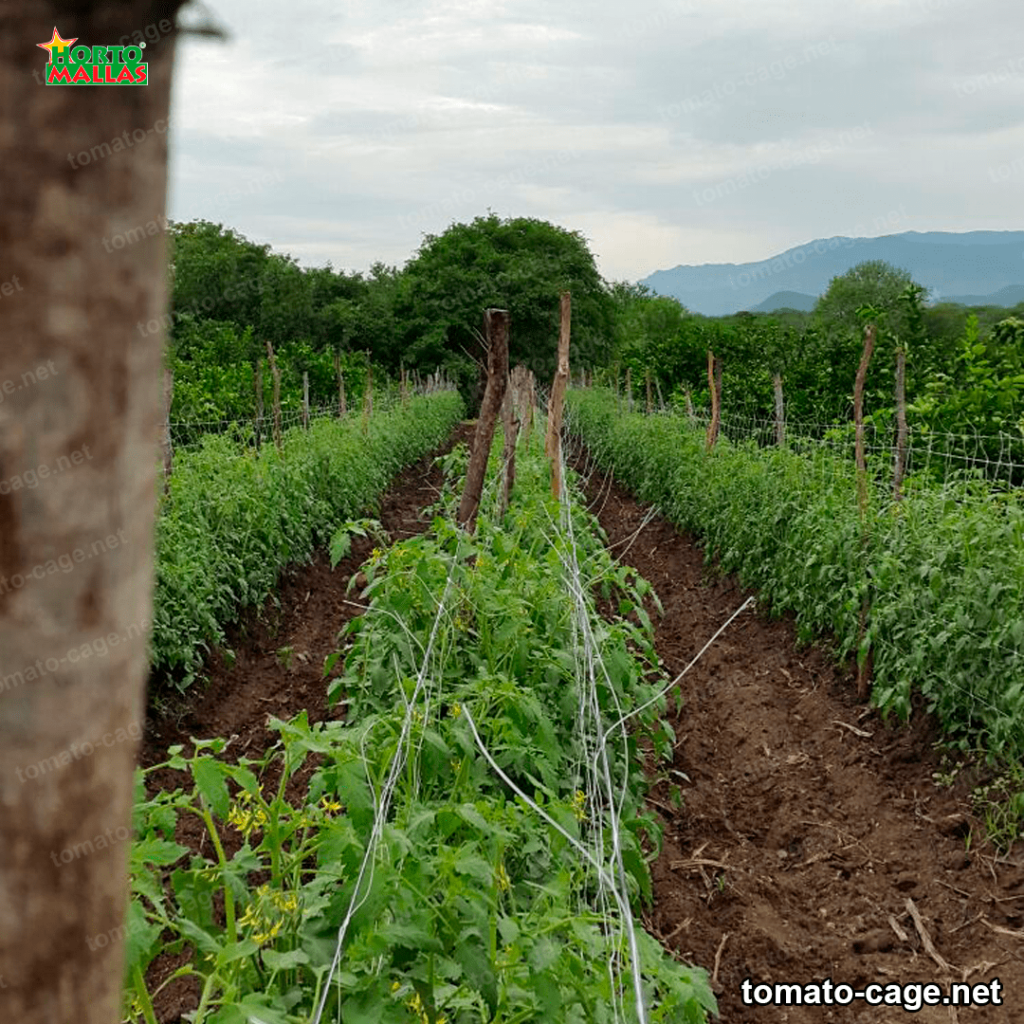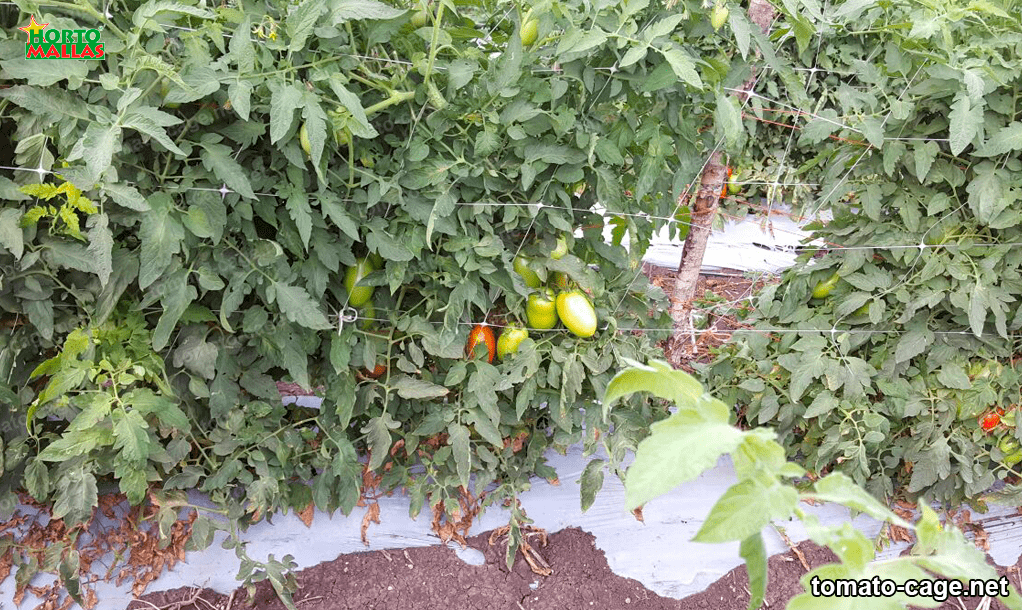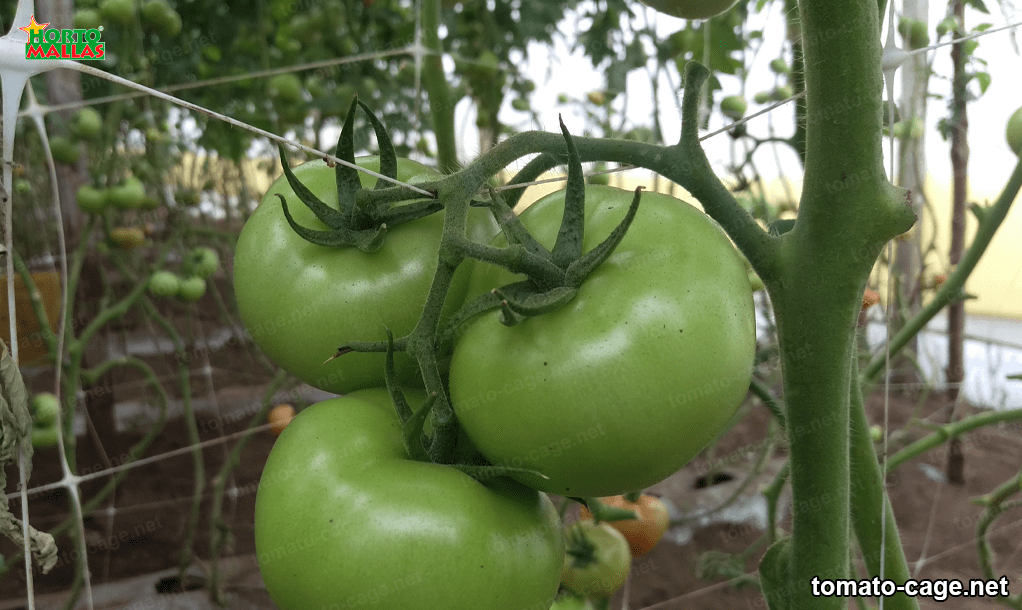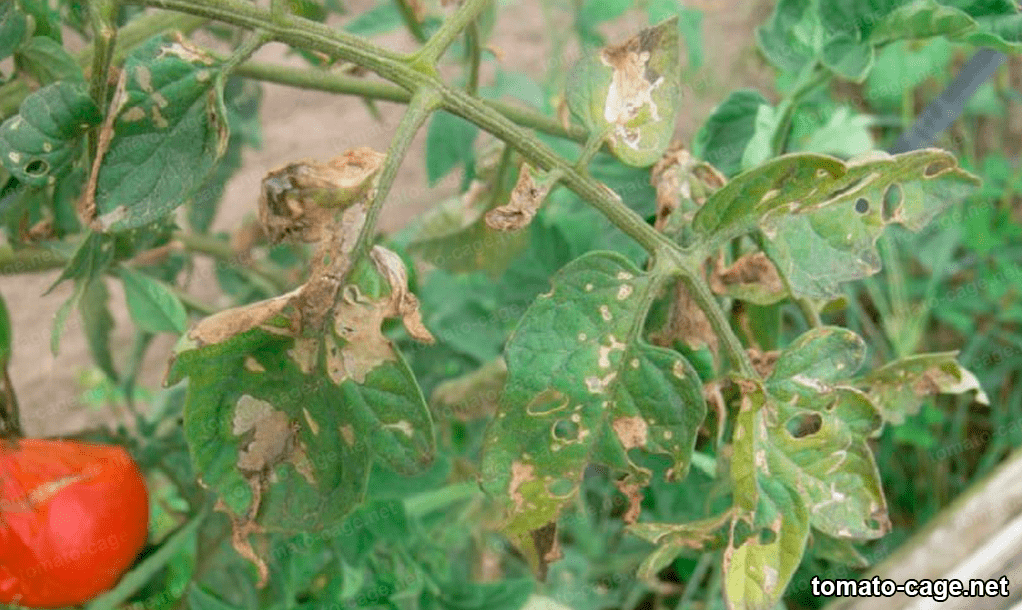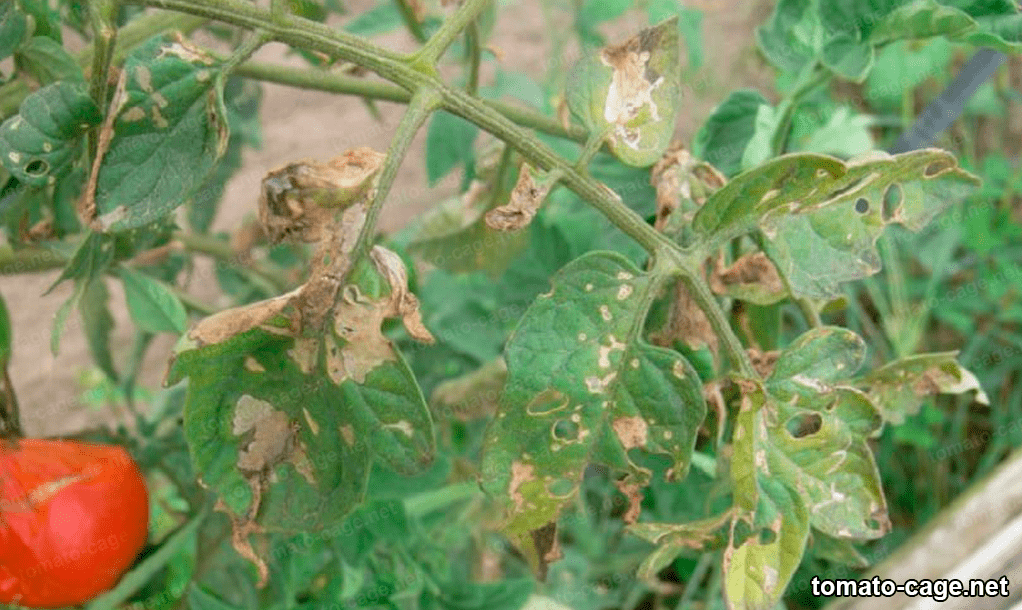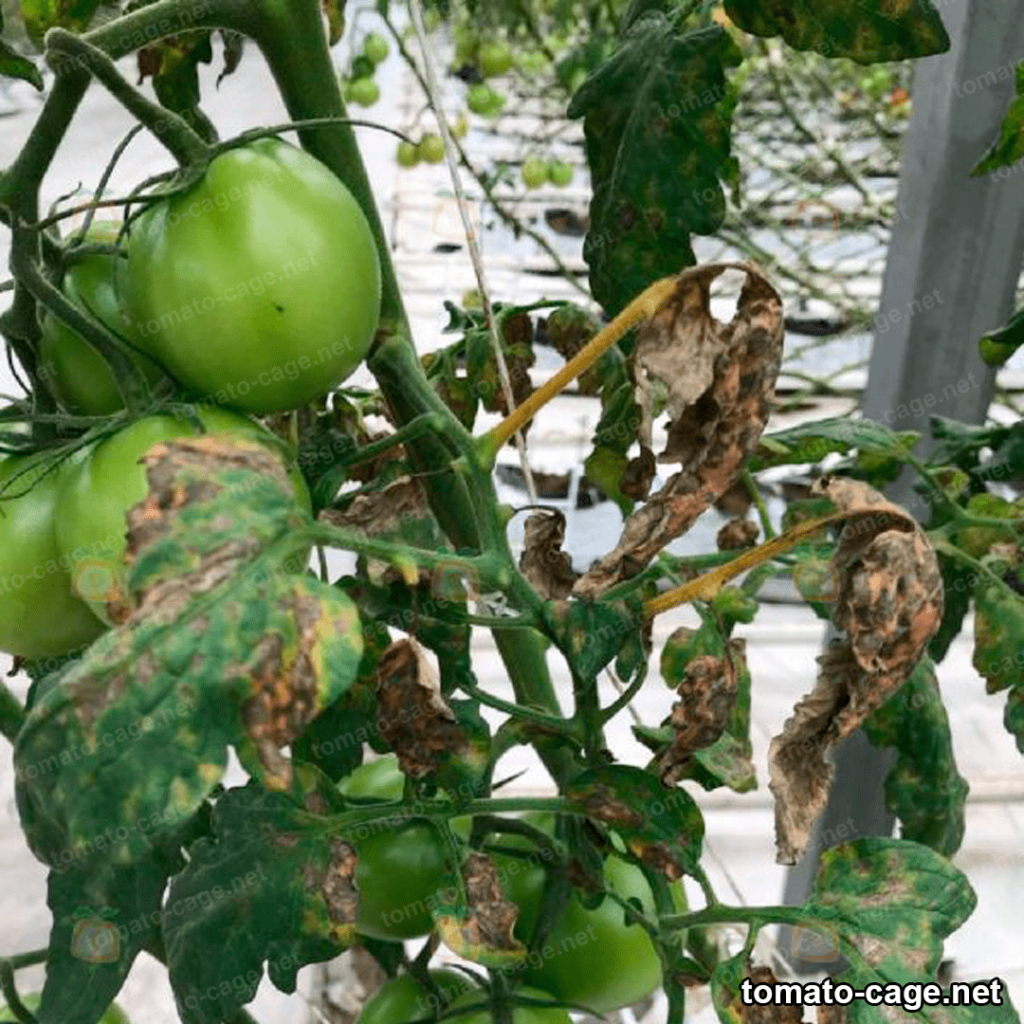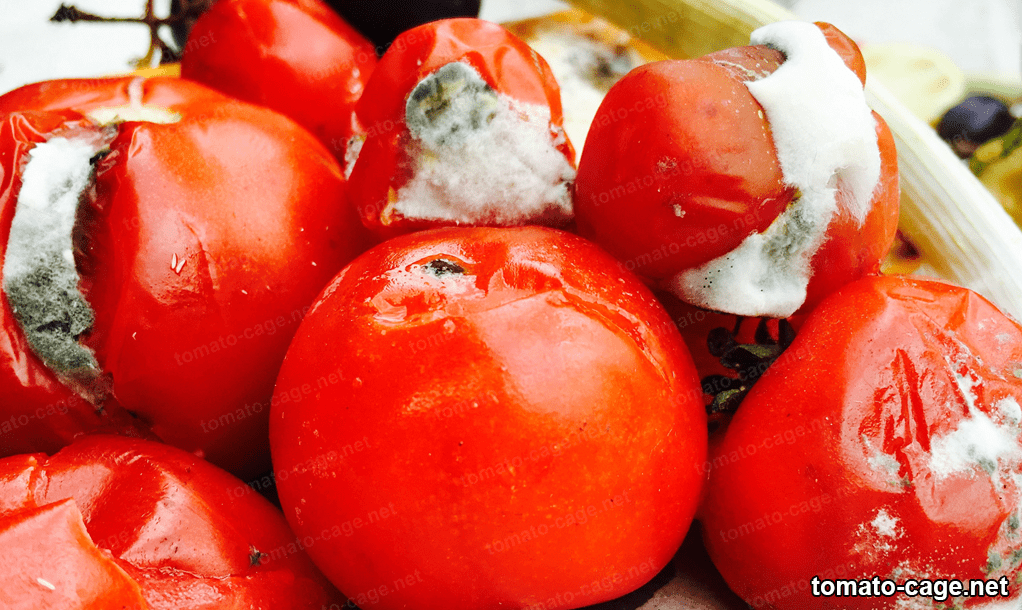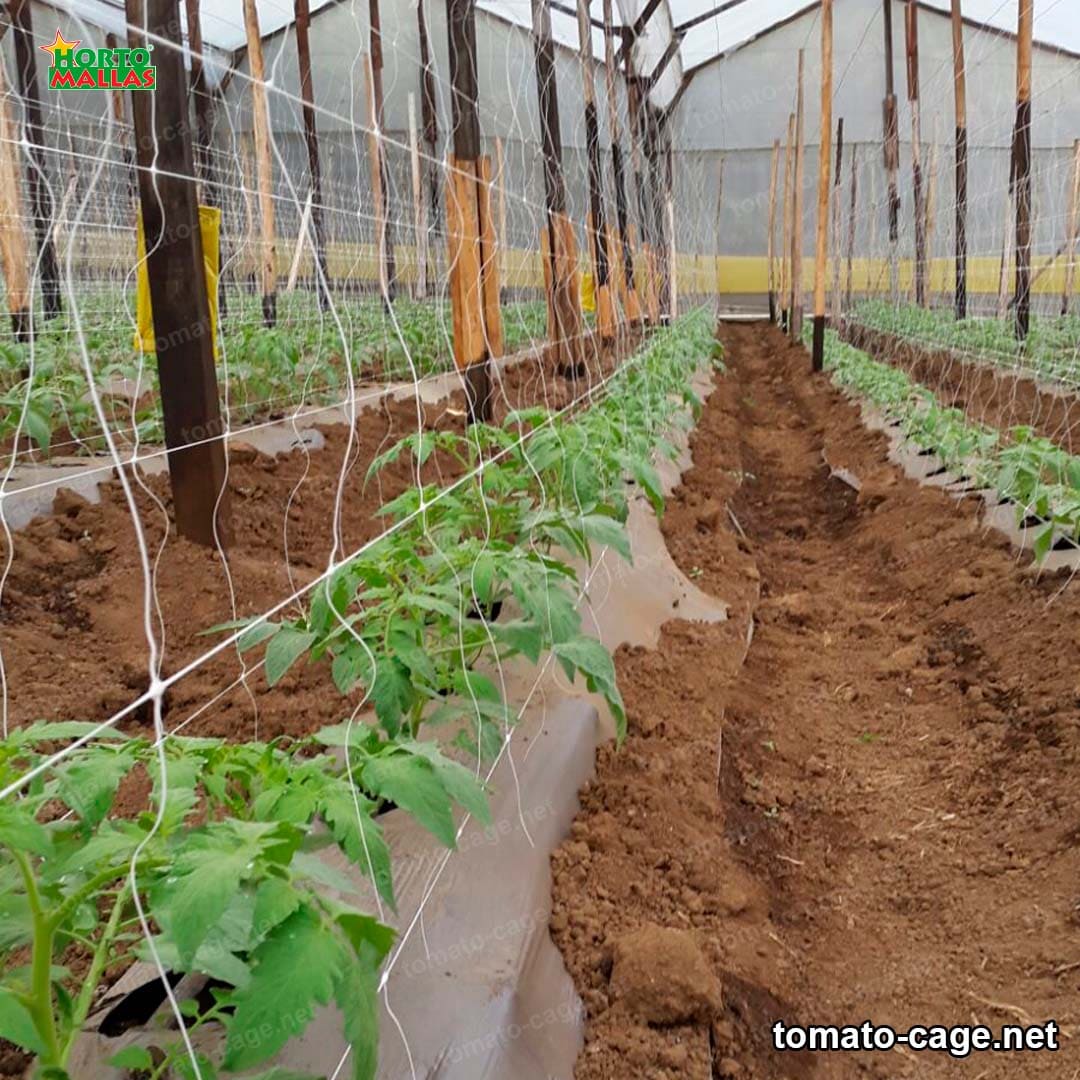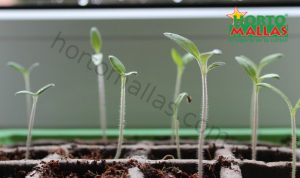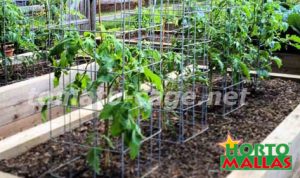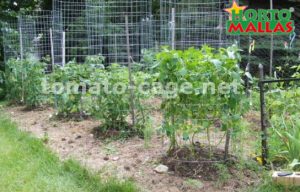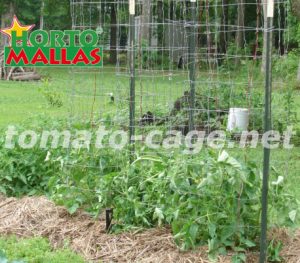If you want to grow strong, healthy Tomato Cage Benefits and enjoy a bountiful harvest, using a tomato cage is one of the best decisions you can make. Without proper support, plants can become tangled, weak, and more vulnerable to disease and pests. Giving your tomatoes the structure they need will improve their growth, protect their fruit, and make your gardening experience much easier. That’s why a tomato cage is essential for your vegetable garden.
Keeps your plants upright and strong
As your tomato plant grows, it produces long, branching vines that can become laden with fruit. Without support, these vines can droop, bend, or even break under their own weight. A tomato cage provides the stability your plant needs, keeping it upright and preventing unnecessary stress on the stems. This helps your tomatoes grow in a more organized and efficient manner, resulting in healthier, more productive plants.
Improves air circulation and reduces disease
Good air circulation is essential for maintaining healthy tomato plants. When vines sprawl along the ground or grow too close together, moisture can get trapped between the leaves, creating the perfect environment for fungal diseases like blight and mildew. By using a tomato cage, you allow air to circulate freely through the plant, which helps the leaves dry out more quickly after rain or watering. This simple trick can greatly reduce the risk of disease and keep your plants thriving all season long.
Keeps your tomatoes clean and pest-free
If Tomato Cage Benefits are grown without support, the fruit is likely to end up leaning on the ground, where it becomes more vulnerable to rot, dirt, and pests like slugs and insects. A tomato cage raises the plant off the ground, which keeps the fruit cleaner and reduces the risk of disease. This means you get higher quality tomatoes with less waste.
Makes picking easier
Looking for ripe tomatoes among a bunch of vines can be frustrating and time-consuming. Using a tomato cage allows the plant to grow in a more structured and open way, making it much easier to locate and harvest the fruit. No more bending down or digging through thick foliage – your tomatoes will be right where you can see them, ready to be picked at their peak ripeness.
Make the most of your garden space
If you have a small vegetable garden or grow tomatoes in pots, space is at a premium. Without a cage, tomato plants can sprawl and take up more room than necessary. A tomato cage encourages vertical growth, allowing you to grow more plants in a smaller space. This is especially useful if you work with raised beds, patios or balcony gardens, where every inch of space is precious.
Protect your plants from the elements Tomato Cage Benefits
igh winds and heavy rain can easily damage unsupported tomato plants, causing them to tip over or break. A tomato cage provides a sturdy structure, helping your plants withstand the harshest weather conditions. By keeping your tomatoes safe, you reduce the risk of losing your crop to unexpected storms and provide a more stable growing environment.
Reduce the risk of overcrowding
When tomato plants grow without support, their branches can become tangled, creating overcrowding. This makes it difficult for sunlight to reach all parts of the plant, slowing fruit production and making tomatoes less tasty. A tomato cage keeps your plant well-confined, allowing every leaf and fruit to receive the sunlight it needs for optimal growth and flavor.
Saves you time and effort
Gardening should be a pleasure, not a constant battle with messy branches and damaged fruit. By using a tomato cage, you reduce the time spent pruning and arranging your plants. Once the cage is in place, the tomatoes will grow naturally within it, requiring minimal maintenance. This means you can focus more on enjoying your garden and less on dealing with plant problems.
Reusable and Durable
A good Tomato Cage Benefits is a long-term investment. Made of durable materials like metal or sturdy plastic, they can be reused season after season. Unlike flimsy poles or makeshift supports, a well-constructed cage provides reliable stability year after year,
